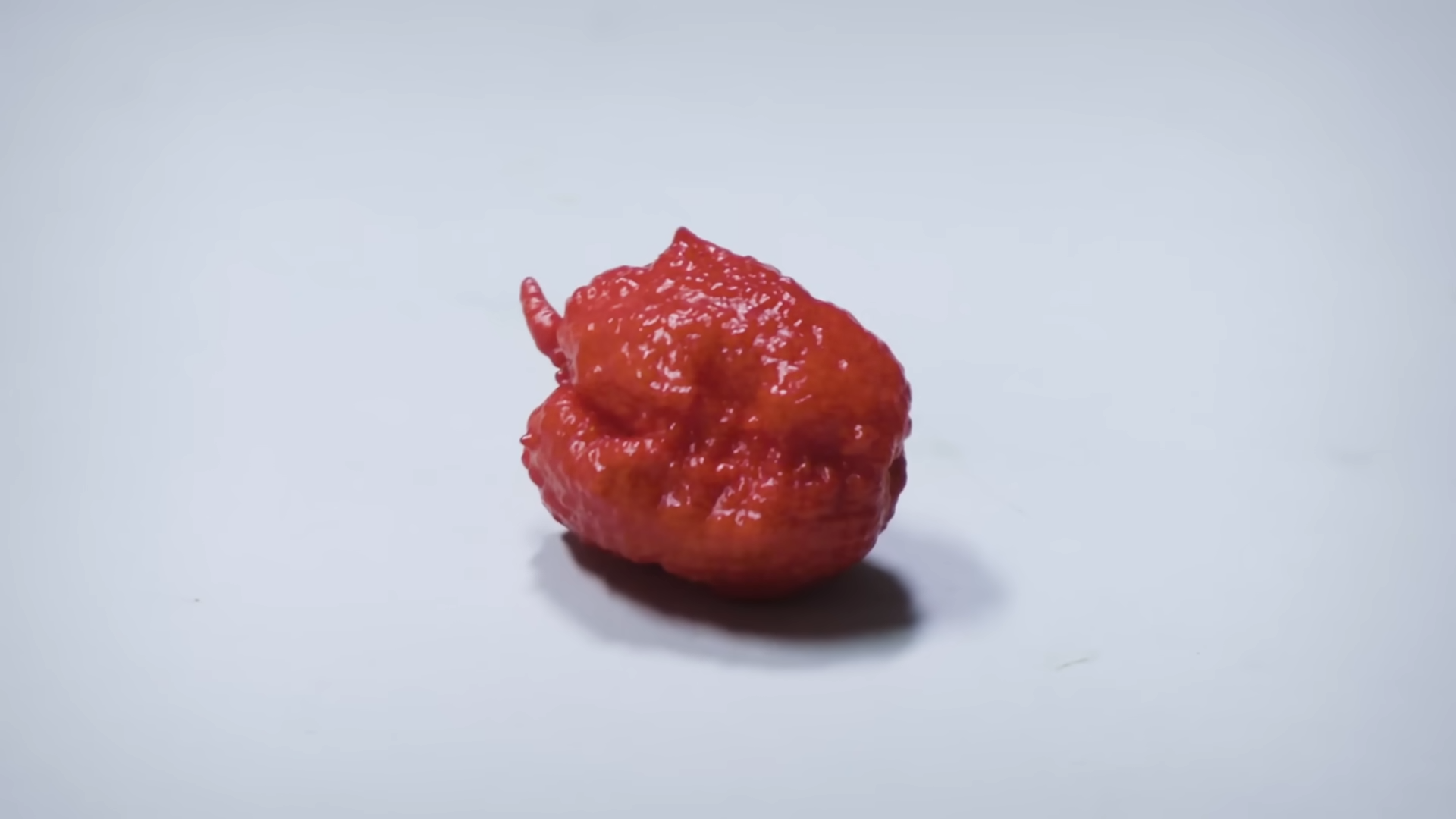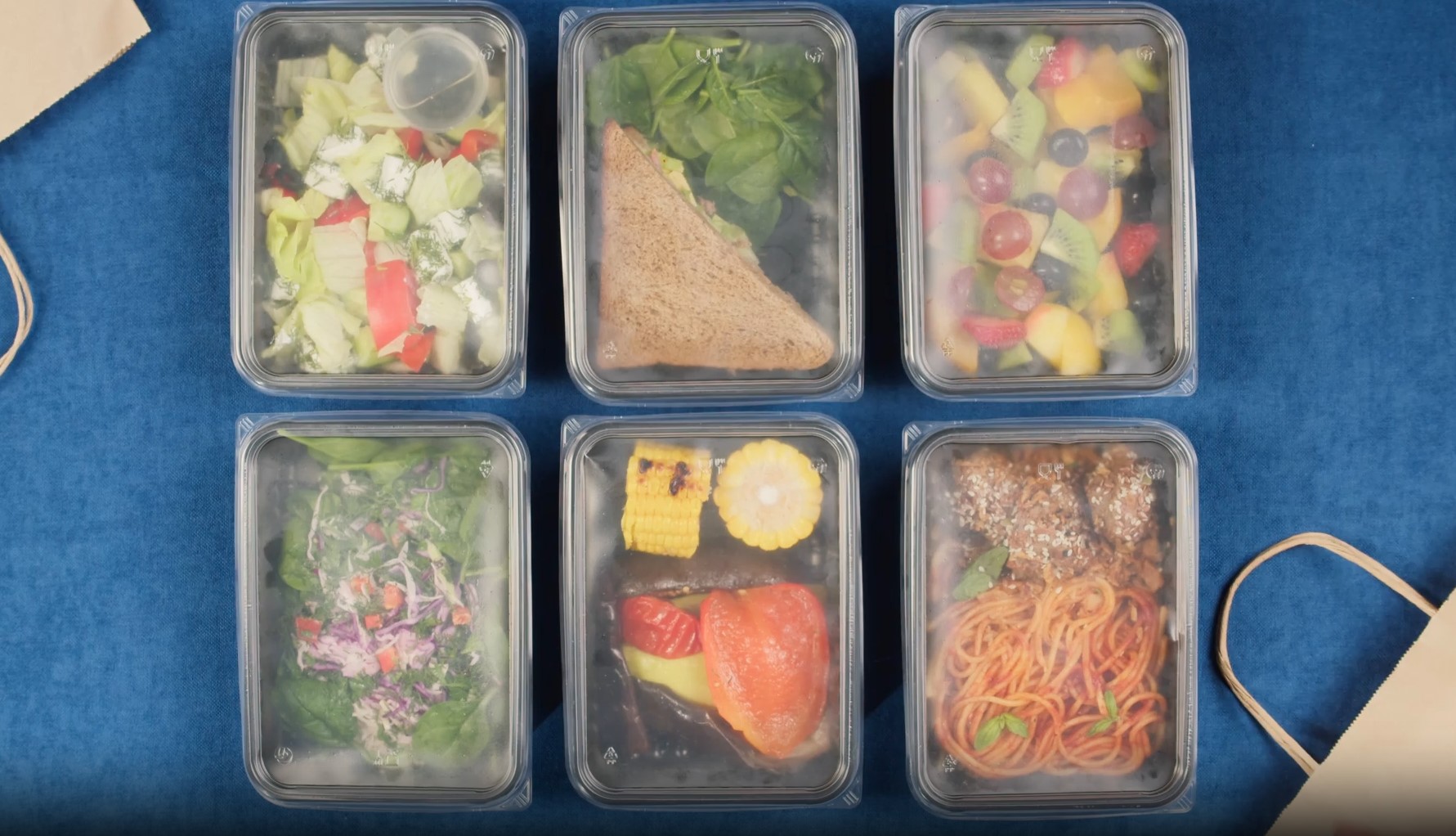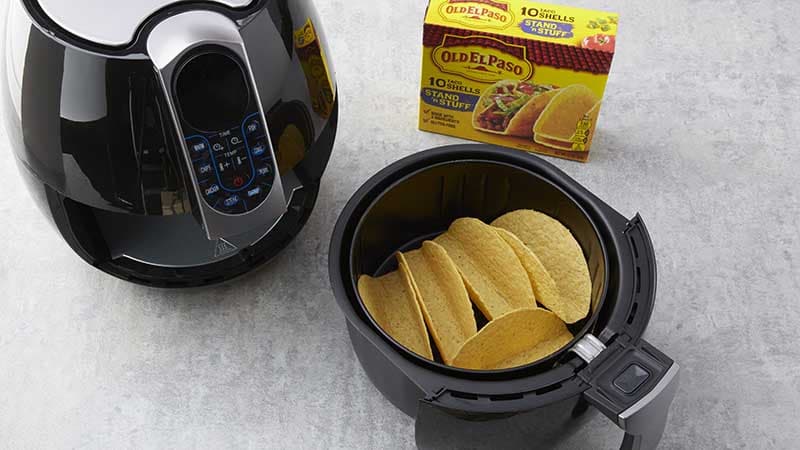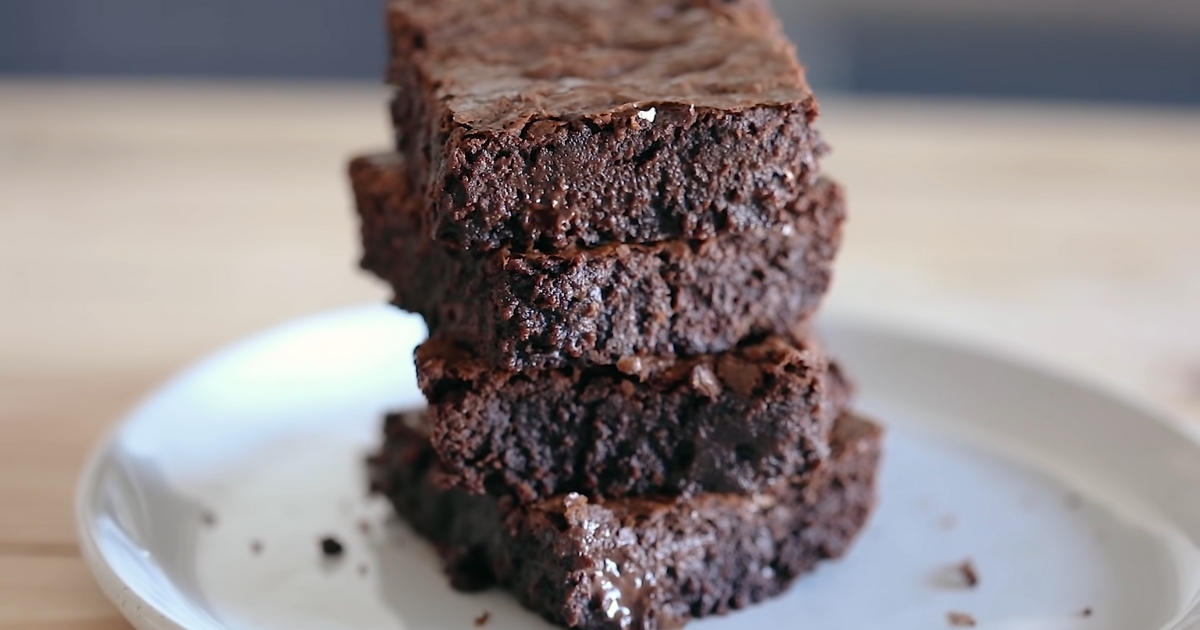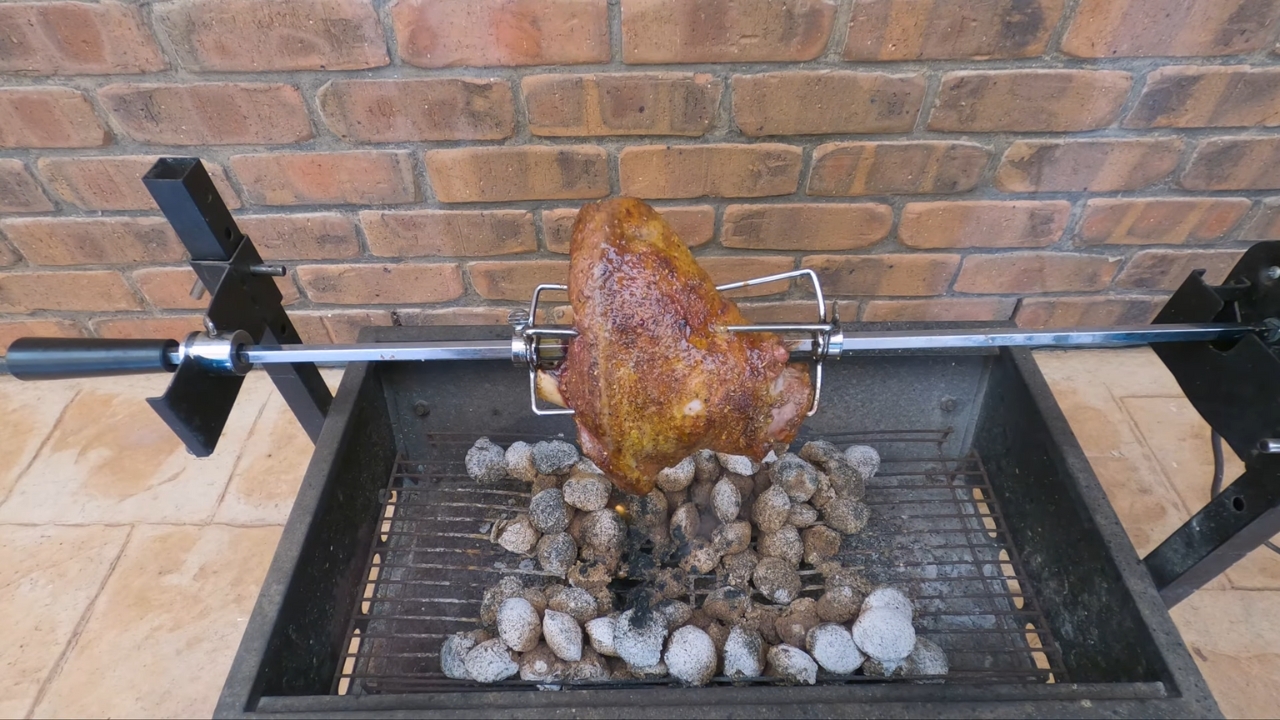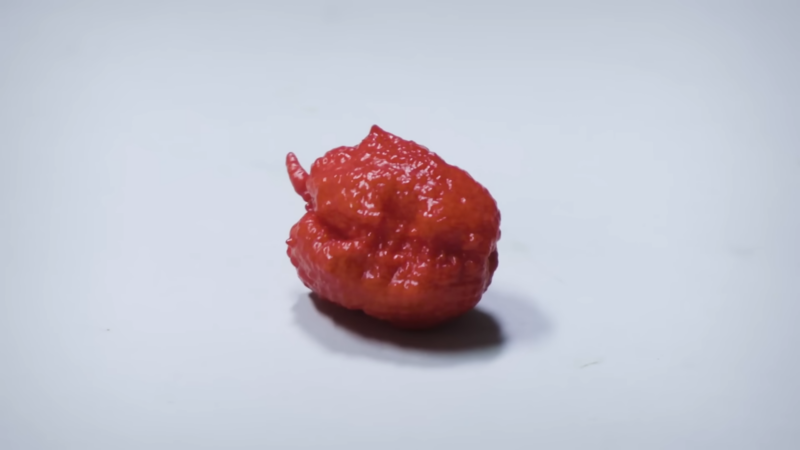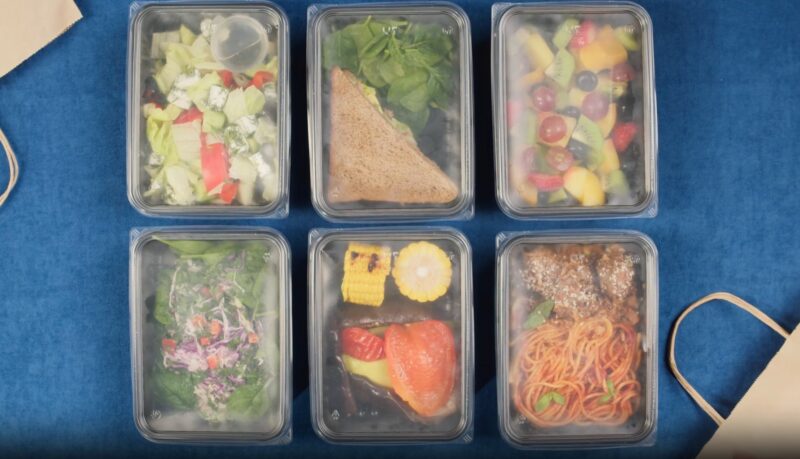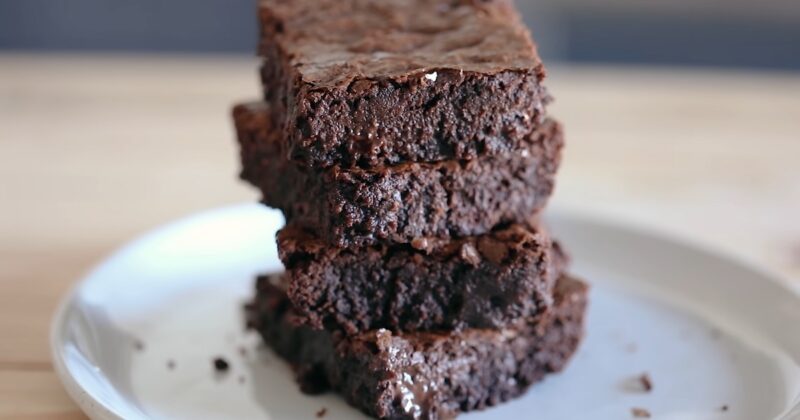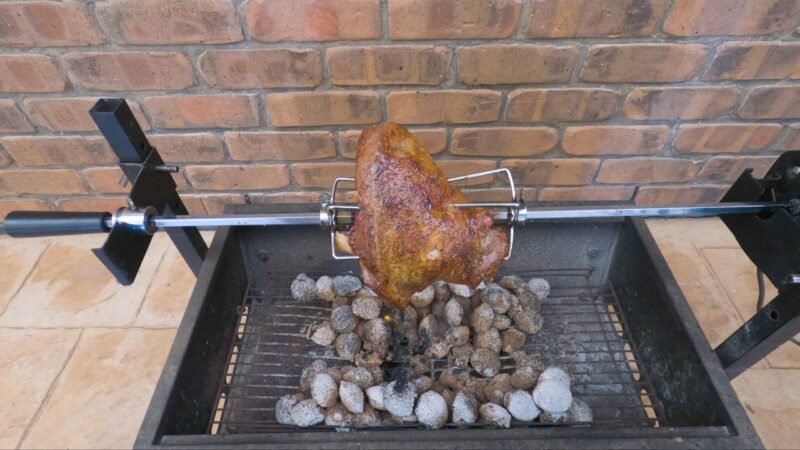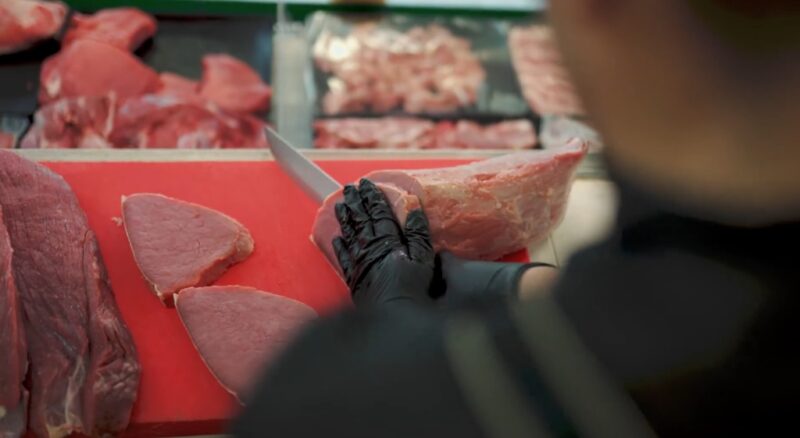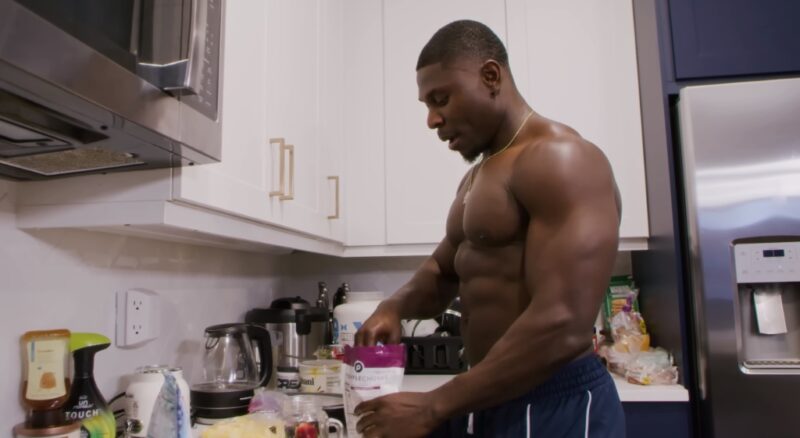
I remember the first time I tried my hand at grilling a brisket. The aroma, the sizzle, and the anticipation were all intoxicating. But, like many first-timers, I made the rookie mistake of slicing it up as soon as it was off the grill.
The result? A slightly drier piece of meat than I’d hoped for. It was only after a seasoned griller friend of mine introduced me to the power of letting the meat rest that I truly began to appreciate the magic it could bring to the table.
Since then, I’ve explored the science and nuances behind this crucial step, and I’m eager to share these insights with you.
Why is Resting Important
Understanding the science behind resting brisket is essential for anyone looking to master the art of barbecue. When you grasp the reasons behind this crucial step, you’ll be more inclined to give your meat the time it needs.
The Role of Collagen
Collagen, a protein found in brisket, plays a significant role in the meat’s texture. When the meat is cooked, collagen breaks down into gelatin, which gives the meat its juicy and tender quality. However, this process doesn’t stop the moment you remove the meat from the grill or oven.
During the resting period, the gelatin has time to redistribute throughout the meat. This ensures that every bite of your brisket is consistently juicy and tender.
Skipping or shortening the resting phase can lead to unevenly distributed gelatin, resulting in some bites being drier than others.
Temperature Equilibrium
When the meat is cooked, the outer layers are exposed to higher temperatures than the inner layers. This creates a temperature gradient within the meat. Letting the brisket rest allows the temperatures to equilibrate, ensuring a more even internal temperature.
This equilibrium is crucial for two reasons. First, it ensures that the entire brisket reaches the desired level of doneness. Second, it prevents the juices from being forced out when the meat is sliced. When the temperature is uniform, the juices are evenly distributed, leading to a moister brisket.
Ideal Resting Duration
The question on every brisket enthusiast’s mind: How long should you let your brisket rest? While there’s no one-size-fits-all answer, understanding the factors at play can guide your decision.
Size of the Brisket
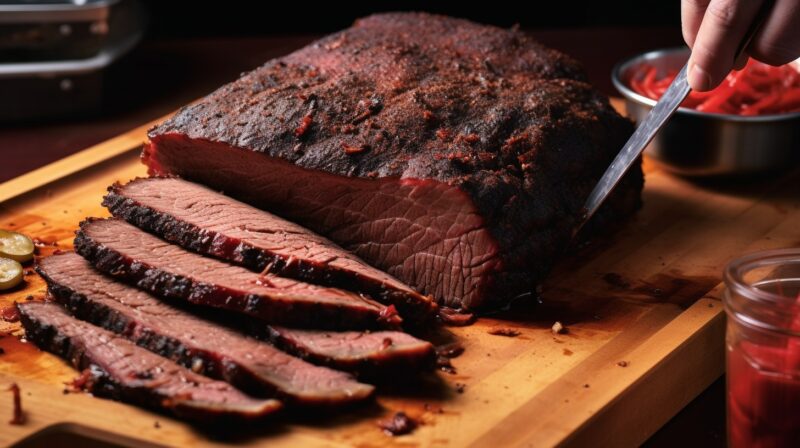
The size of your meat plays a significant role in determining the resting time. Larger cuts of meat retain heat longer and require a more extended resting period to reach temperature equilibrium.
For smaller briskets, a resting time of 30 minutes to an hour might suffice. However, for larger cuts, it’s not uncommon to let the meat rest for up to two hours.
It’s essential to monitor the internal temperature to ensure it doesn’t drop too much during this period.
Cooking Method Used
The method you use to cook the meat also influences the resting duration. For instance, briskets cooked using the “low and slow” method, where the meat is cooked at a lower temperature for a more extended period, might require a longer rest than those cooked at higher temperatures.
This is because the “low and slow” method allows for a more even temperature throughout the meat, meaning there’s less of a gradient to equilibrate during the resting phase.
On the other hand, the meat cooked at higher temperatures might have a more significant temperature difference between the outer and inner layers, necessitating a longer rest.
Tenting the Meat
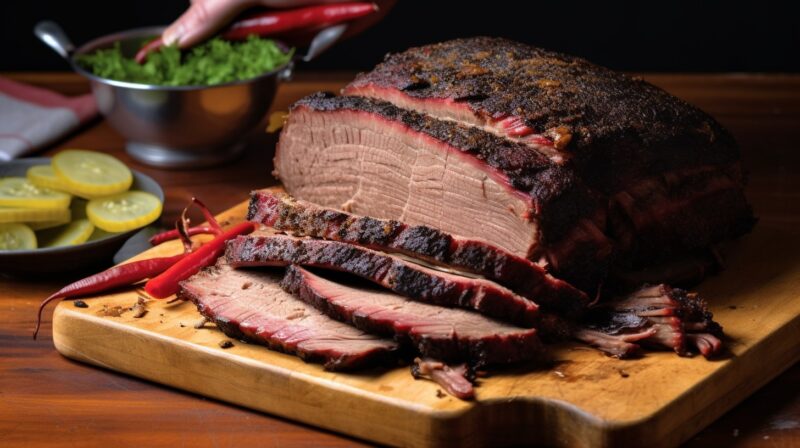
While letting your meat rest is essential, how you rest it can also impact the final result. Tenting, a method involving loosely covering the meat with foil, is a popular technique in the barbecue world.
Benefits of Tenting
Tenting your brisket serves several purposes. Firstly, it helps retain heat, ensuring that the meat remains warm during the resting period. This is especially crucial for larger cuts that require longer resting times. Secondly, tenting prevents the meat from drying out.
By creating a semi-sealed environment, moisture is trapped, ensuring that your meat remains juicy. Juicy meat goes amazing with dipping sauces. This method also protects the meat from any airborne particles or contaminants, especially if you’re resting it outdoors.
Proper Tenting Technique
To tent your meat effectively, use aluminum foil or butcher paper. Gently drape it over the meat, ensuring that it’s loosely covered. Avoid wrapping the brisket tightly, as this can trap too much steam, potentially making the bark (the outer crust) soggy.
Place the tented meat in a cooler or oven (turned off) to maintain its temperature. Remember to leave a small opening in the foil or paper to allow some steam to escape, preserving the integrity of the bark.
Signs Your Brisket is Ready
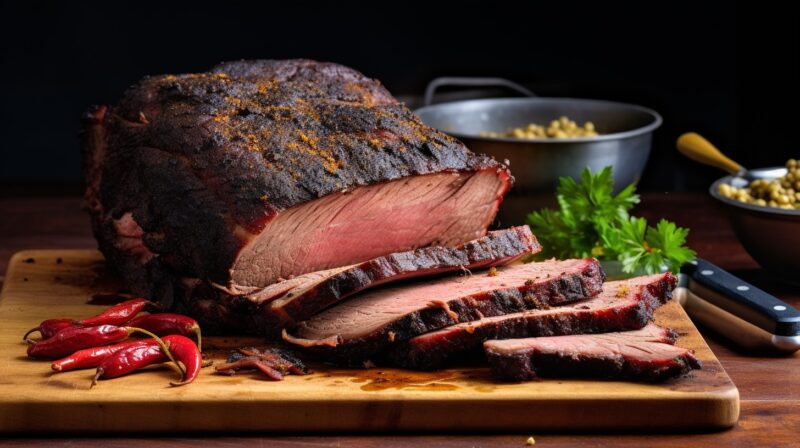
While guidelines and recommendations are helpful, it’s essential to recognize when your meat has rested enough and is ready to be served.
Internal Temperature
Using a meat thermometer is the most accurate way to determine if your meat has rested long enough. Ideally, the internal temperature should be between 140°F to 145°F.
This range ensures that the meat is warm enough to serve while having ample time for the juices to redistribute.
Touch and Texture
Over time, as you gain experience, you’ll be able to judge the readiness of your meat by its feel. A well-rested brisket should be tender to the touch but not overly soft.
The surface, especially the bark, should have a slight firmness without feeling dry.
Common Mistakes
Even seasoned chefs can make mistakes when resting brisket. Being aware of these common pitfalls can help you avoid them and achieve perfection.
Impatience
One of the most common mistakes is not allowing the meat to rest long enough. While it’s tempting to cut into your delicious-looking meat immediately, doing so can lead to a loss of juices and a less-than-perfect texture. Patience is key!
Over-resting
On the flip side, letting your brisket rest for too long can also be detrimental. If the internal temperature drops too much, the meat can become cold and lose its ideal texture.
Monitoring the temperature and being aware of the environment (e.g., if it’s a cold day) can help prevent over-resting.
FAQs
Can I rest my brisket in a microwave or warming drawer?
While it’s essential to keep the meat warm during the resting period, using a microwave or warming drawer can continue cooking the meat, potentially leading to overcooking.
Instead, tent the brisket and place it in a cooler or turned-off oven to maintain its temperature without further cooking.
Does the thickness or shape of the brisket affect the resting time?
Yes, thicker cuts or irregularly shaped briskets might have varying internal temperatures. These cuts may require a slightly longer resting time to ensure even temperature and juice distribution.
I’ve heard of “resting” other meats. Is the process the same for all types of meat?
While the concept of resting is similar for most meats, the duration and method might vary. For instance, smaller cuts like steaks might only need a few minutes, while larger roasts or whole birds might benefit from a more extended rest.
Can I refrigerate my brisket if I’ve rested it for too long and it’s cooled down?
Yes, if your meat has cooled down significantly, you can refrigerate it. When ready to serve, reheat it gently in an oven to retain its moisture and flavor.
What should I do if I’ve accidentally over-rested my brisket and it’s become too cold?
If your meat has become too cold, you can reheat it in an oven at a low temperature. Use a meat thermometer to monitor its internal temperature and ensure it doesn’t overcook. Tenting the brisket during reheating can also help retain its moisture.
The Bottom Line
Having journeyed from that eager novice who couldn’t wait to slice into a freshly grilled brisket to someone who now patiently allows the meat its well-deserved resting time, I can’t emphasize enough the transformation it brings to the dish.
The difference in texture, juiciness, and overall flavor is night and day. Every time I serve brisket at my gatherings, I’m met with nods of approval and the inevitable question, “What’s your secret?” The answer, as you’ve now discovered, lies in the patience of letting it rest.
So, the next time you’re grilling up this magnificent cut of meat, remember our shared insights and let time work its magic. Your taste buds, and your guests, will thank you!
Related Posts:
- Snap Kitchen vs My Fit Foods: Who Earns Our Vote and Why?
- 12 Best Wood for Brisket Smoking - From Smoke to Savory
- How Much Brisket Per Person Do I Need? - Preparing…
- How Long to Boil Hotdogs for Best Results - Timing…
- How to Clean Pit Boss Austin XL - Handy Maintenance Tips
- 7 Hot Tips on Buying the Best Commercial Dishwashing…

